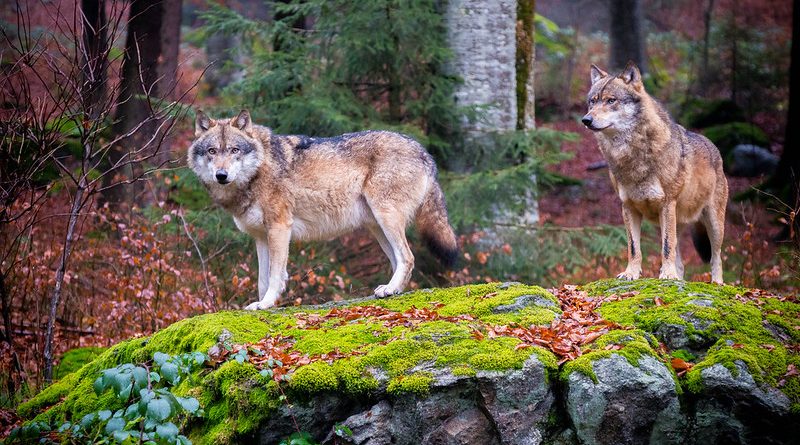Romania’s “Big Three”: Bears, Wolves and Lynx
Nature Facts
Where: Carpathian region, Romania, Eastern Europe
What: Brown bears, wolves, lynx, deer and wild boar.
Where to see: Brasov for urban bears and Piatra National Park for the wild carnivores
In the past, huge forests covered much of Europe with large populations of brown bears, wolvesand wild cats such as the lynx. Today, Romania’s forests support the largest concentration of wild carnivores in Europe with over a third of its largest predators, including an estimated 5000 brown bears, 3000 wolves and 2000 lynx. The wilderness also has high concentrations of deer and wild boar.
The Bear Facts
Few animals are as enigmatic as the bear, which has captured the imagination of people for thousands of years. The brown bear is the most widespread bear in the world, found in Europe, Asia and the Americas. Bears are foragers, mostly eating berries, roots and nuts, but will eat anything they can get their paws on. If you are hiking in the forests or even wandering aroundBrasov at night you’ve got a good chance of seeing them. It is becoming increasingly common to see bears rummaging around on the outskirts of Brasov city in the bins outside housing apartments. As in other areas around the world attempts are being made to keep the bears away from humans – for their safety not ours.
Cry Wolf
The wolf is the second largest predator in Hungary and like the bear, has a long history of interaction with humans. The image of the wolf is often negative, especially among communities that suffer livestock losses; but the relationship is an ancient one for example the feral babes of Romulus and Remus, the founders of ancient Rome who legend claims were raised by wild wolves. Hunting and trapping remains the major factor in the wolf’s demise in Europe.
Amazingly, Romania’s wolves have been known to try their luck on horses in winter; by playing dead in the fields, they wait for an inquisitive horse to pass by, attacking the horse by the muzzle. Once the wolf has a firm hold, the rest of the pack join in. Wolves are elusive and although you may well hear their eerie howls, sightings are fairly rare.
The Lynx Factor
The third big predator that seems to thrive in the Romanian countryside is the Lynx, a big cat that few people have seen or even know about despite its relatively wide dispersal around the world. This is a mixed blessing; the public are not as interested in the Lynx as they are in the wolf or bear, but Romanian farmers still hunt the lynx and see it as a threat to livestock. In all other European Lynx populations they are protected throughout the year.
Unfortunately the pristine Transylvanian wilderness and its inhabitants are under threat. Economic pressures in Romania and increasing hunting is threatening the Carpathian Ecosystems. In response to growing concerns the Carpathian Large Carnivore Project (CLCP) was set up in 1993 in Zarnesti and has been studying animals in the Brasov region including the Ciucas, Bucegi, and Piatra Craiului ranges. The Piatra National Park is the focus of the project and a good place to spot some of Romania’s wildest carnivores.
More Information
CLCP PROJECT
Str. Dr. Ioan Senchea 162
RO-2223 Zarnesti
Romania
Project for the protection of Carpathian’s big beasts.
Eco Volunteer
Eco animal trips from a week or more, including a visit the the Carpathian Project.
By Dan Porter




